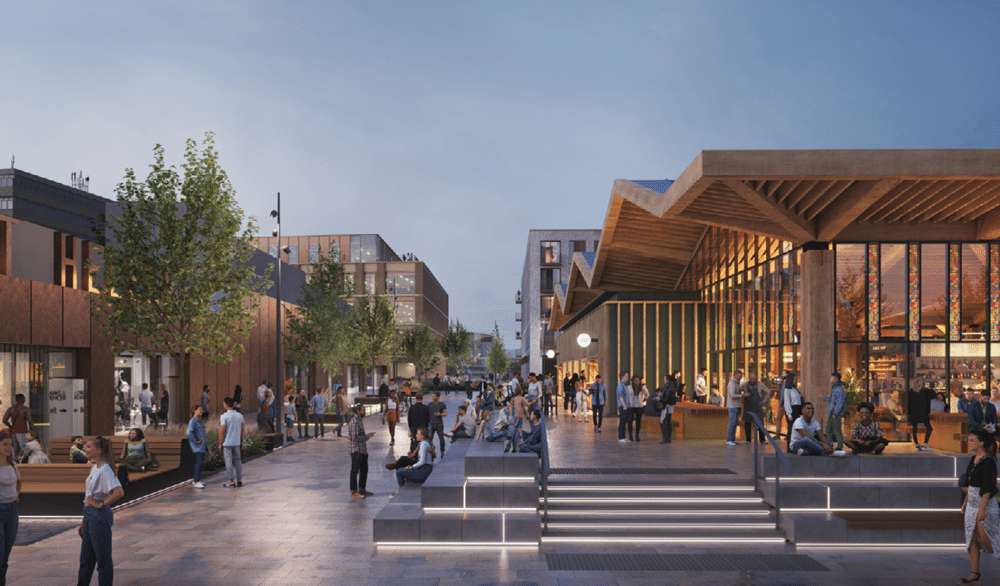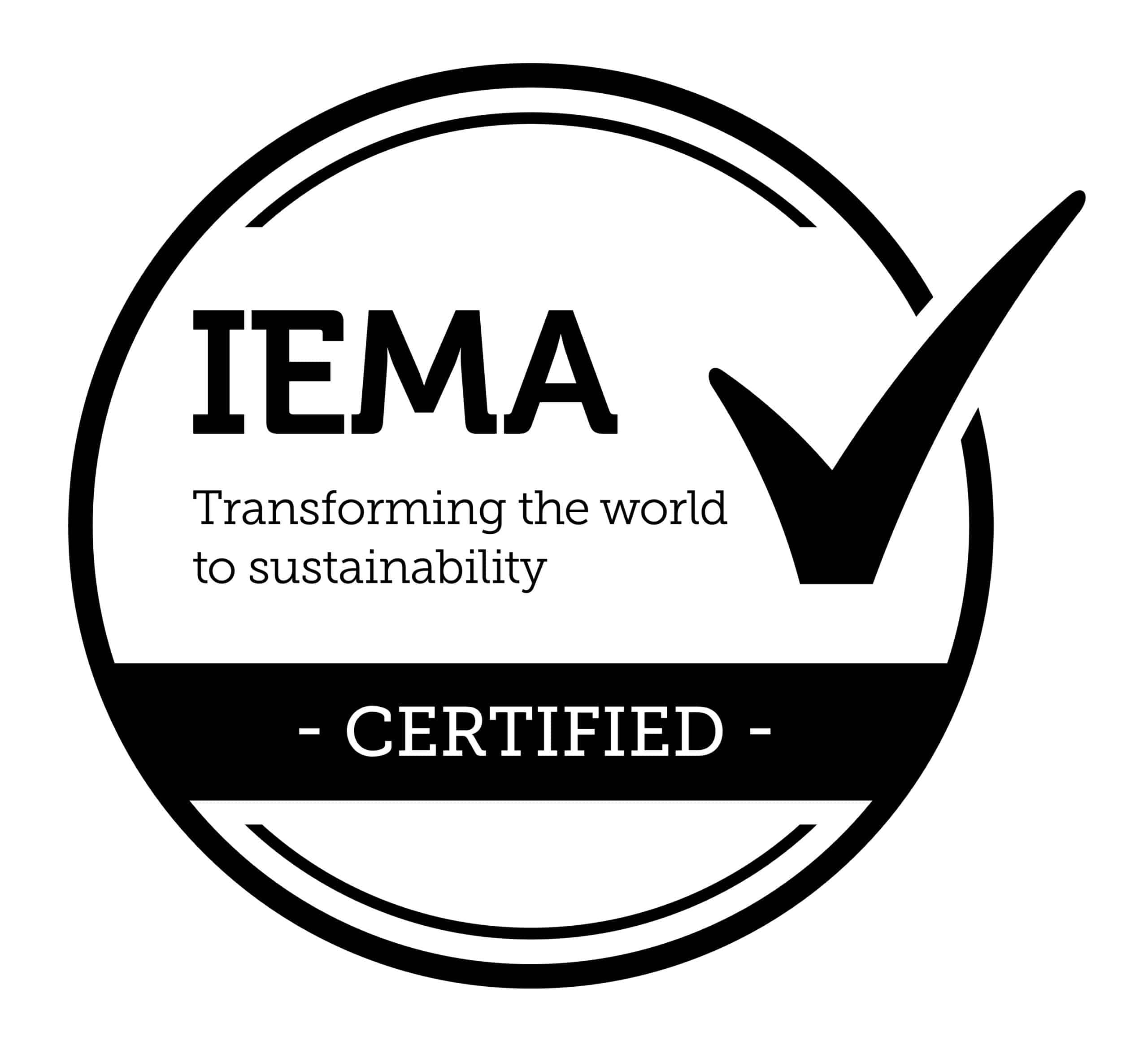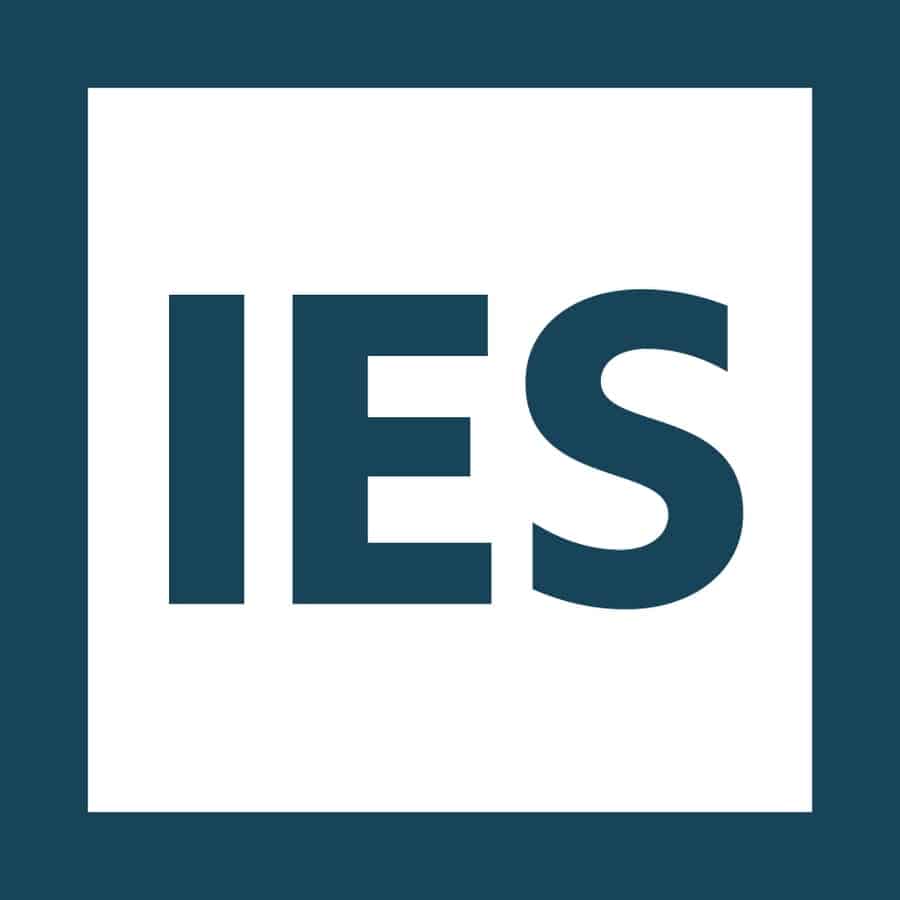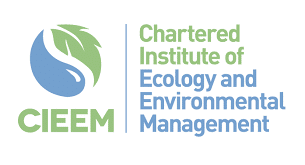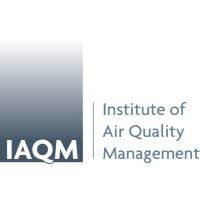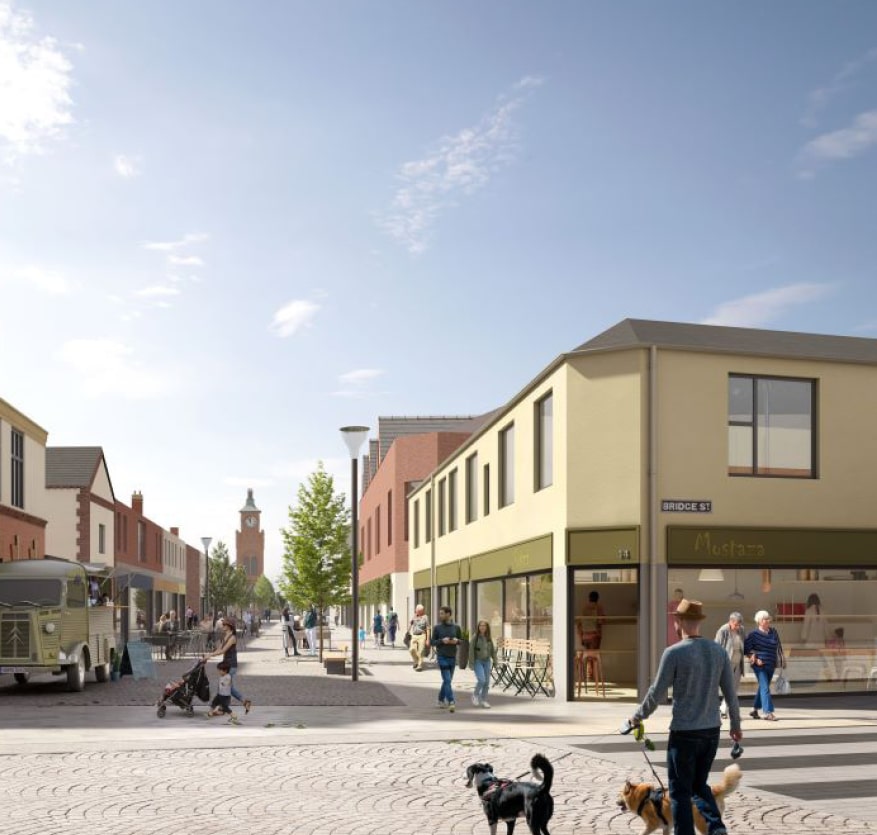Catella APAM, acting on behalf of Britannia Invest
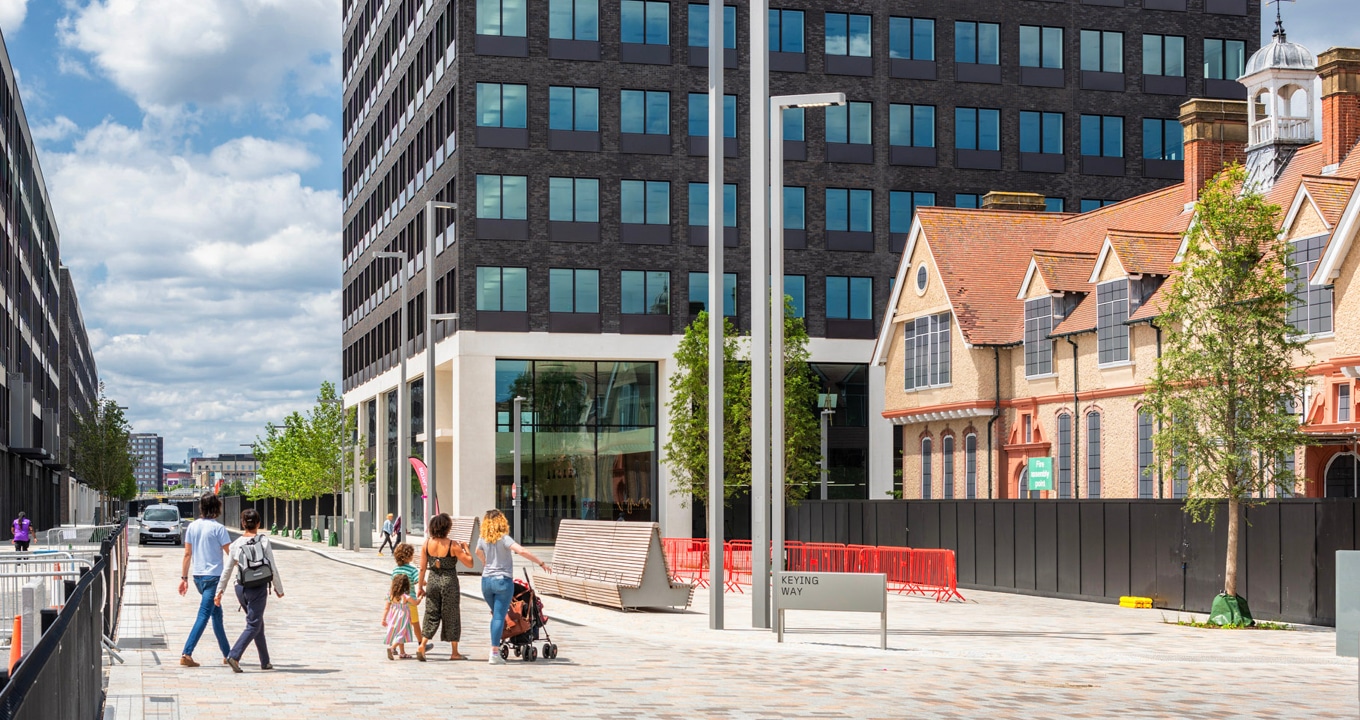
We work with planners, architects and all key stakeholders to deliver value, wellbeing strategies and net positive outcomes – not just to our clients but, crucially, to the wider community.
We support health by considering air quality, pedestrian comfort, contaminated land, flood risk, biodiversity, and climate resilience, among other factors. For us, it is crucial to ensure environments are sustainable for the next generation of people and that they enable biodiverse ecology. And by directly saving considerable carbon, our work has a positive global impact.
As extreme climate, overheating, and weather events become more frequent, our long-term approach helps developments withstand what would previously have been 1 in 100-year events. We look to future trends to keep schemes adaptable, resilient, and relevant long into the future. And contrary to the preconception that it is more costly to build and operate sustainably, we bring value by introducing more efficient, effective, sustainable outcomes.
Transformational plans for St Helens Town Centre have been revealed by English Cities Fund (a joint venture between Muse, Legal & General, and Homes England) on behalf of St Helens Borough Council. Jon Matthews Architects has created the masterplan and detailed design of the three central areas proposed for the first phase of regeneration, based around a stunning new market hall and mixed-use area, a 150-bedroom hotel, 64 homes and 10,915 sq ft modern retail space, along with a new 49,670 sq ft sustainable office building.
Our specialists are providing interdisciplinary energy, sustainability, utilities, air quality, land contamination, flood risk, wind, and noise consultancy services to help make this complex regeneration a reality.
Discover More